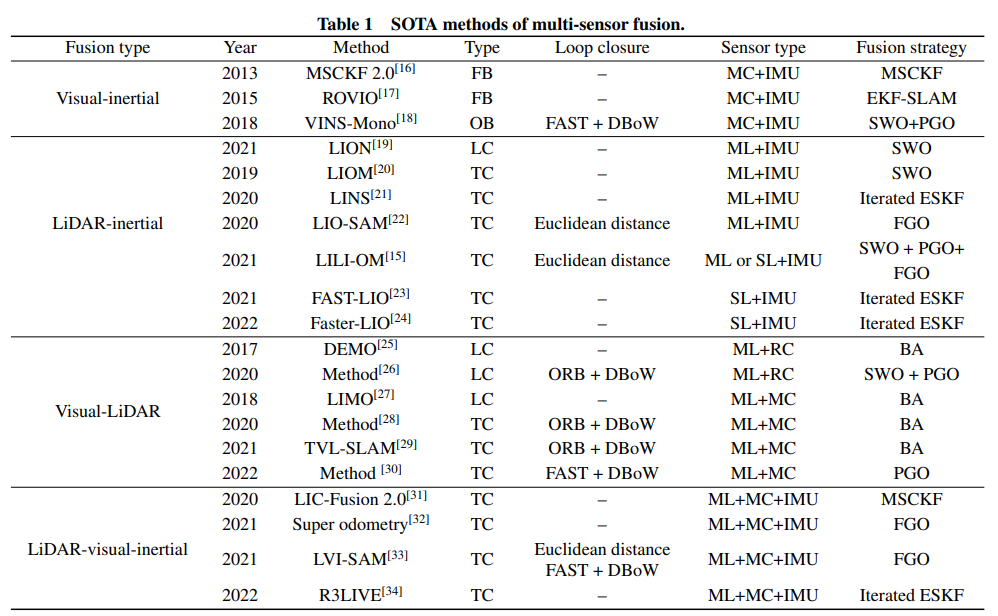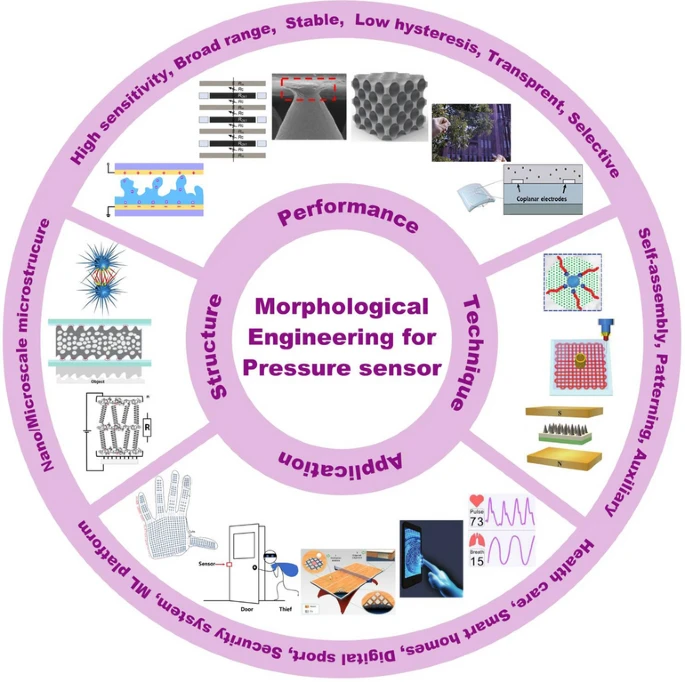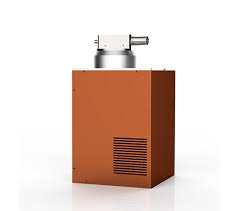Researchers at Simon Fraser University¡¯s Additive Manufacturing Lab, part of the School of Mechatronic Systems Engineering, have developed a flexible pressure sensor array using a novel pillar-origami structure. Leveraging 3D printing, this sensor allows precise control over stiffness and pressure measurement range. It offers a detection range of 70 kPa to 2500 kPa, sensitivity between 0.01 kPa?1 and 0.0002 kPa?1, and a response time of 800 ms, making it suitable for biomedical and sports technology applications. The findings were published in npj Flexible Electronics under the title ¡°Wireless pressure monitoring system utilizing a 3D-printed Origami pressure sensor array.¡±
3D Printing Technology
The research utilized dual-nozzle fused deposition modeling (FDM) 3D printing to fabricate both the sensor¡¯s structural and conductive components in a single process, addressing interlayer adhesion challenges. The modular sensor array design enables customization of the pressure measurement pad¡¯s size, shape, and resolution based on user requirements. If a sensor unit fails, it can be replaced individually without discarding the entire array, reducing maintenance costs and enhancing sustainability.
Sensor Design and Functionality
The pressure measurement pad consists of two main components: the sensor array and individual sensor units. Each sensor unit comprises a substrate structure and a dielectric structure, integrated to control stiffness precisely. The pillar-origami (PO) structure allows stiffness adjustments tailored to specific pressure-sensing applications, ensuring accuracy and versatility across a wide pressure range.
Applications and Performance
The 3D-printed pressure measurement pad offers a cost-effective and adaptable solution for healthcare and sports technology, overcoming limitations in size and sensing accuracy found in existing products. The pillar-origami structure enables varied stiffness, effectively filtering skin deformation for high-precision capacitive pressure sensing. With a detection range of 70 kPa to 2500 kPa, sensitivity from 0.01 kPa?1 to 0.0002 kPa?1, and an 800 ms response time, the sensor performs robustly. The modular array design enhances maintenance efficiency and allows flexible resolution adjustments.
Future Prospects
This pillar-origami-based technology supports customizable wireless pressure measurement pads, with practical applications in wireless foot pressure monitoring and sports protection pads. It represents a significant advancement in flexible, shape-customizable pressure sensor technology, with potential for broader adoption in biomedical and sports applications.
 ALLPCB
ALLPCB






